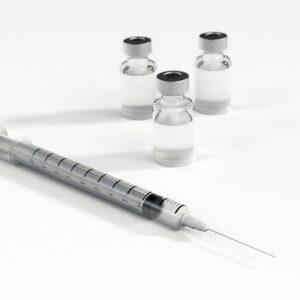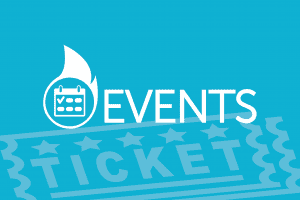Neurogenic Orthostatic Hypotension (nOH)
What is neurogenic orthostatic hypotension (nOH)?
Neurogenic orthostatic hypotension (nOH) is a rare disorder characterized by low blood pressure that occurs upon standing, caused by impaired activation of sympathetic neurons.
NOH is a sub-type of orthostatic hypotension (OH) caused by underlying neurologic disorders that affect a specific part of the autonomic nervous system. The autonomic nervous system is the part of the nervous system that regulates certain involuntary body functions such as heart rate, blood pressure, sweating, and bowel and bladder control. In particular, OH occurs when a drop in blood pressure is greater than 20mm Hg of mercury in systolic BP and/or more than 10 mm of mercury in diastolic BP within 3 minutes upon standing from sitting or from a lying down face-up position.
What are the symptoms of neurogenic orthostatic hypotension (nOH)?
The following are common symptoms caused by the body’s low blood pressure when standing from nOH:
- Dizziness
- Lightheadedness
- Fainting
- Fatigue
- Blurry vision
- Weakness
- Trouble concentrating
- Head and neck pain
What causes neurogenic orthostatic hypotension (nOH)?
nOH is caused by failure of noradrenergic neurotransmission, which is associated with a range of autonomic disorders, including:
- Multiple system atrophy (MSA)
- Parkinson’s disease
- Pure autonomic failure (PAF)
- Diabetic neuropathy
- Dopamine beta hydroxylase (DBH) deficiency
nOH is commonly accompanied by autonomic dysregulation involving other organ systems such as the bowel and the bladder.
How is neurogenic orthostatic hypotension (nOH) diagnosed?
nOH is diagnosed based on blood pressure and heart rate measurements taken after the patient has been lying upward for at least 5 minutes, and then after 1 and 3 minutes of active standing.
Furthermore, a diagnosis of nOH is likely when the associated increase in heart rate is less than 15 beats per minute.
What are the available treatments for neurogenic orthostatic hypotension (nOH)?
To date, the only FDA-approved treatment for NOH is the peripheral and directly acting α1-adrenoreceptor agonist, midodrine.
Non-pharmacological treatments include:
- A stepwise raising from supine to standing position
- Physical exercise in order to avoid deconditioning
- Taking care of proper defection and compression stockings
- Abdominal bandage that restricts splanchnic blood pooling
- Physical maneuvers such as night time head-up tilt, leg-crossing, thigh contraction, and squatting to improve cerebral perfusion
- Adequate salt and fluid intake
Where can I find out more about neurogenic orthostatic hypotension (nOH) and orthostatic hypotension (OH)?
Neurogenic Orthostatic Hypotension (nOH) Articles

Ampreloxetine Failed the First Time but Emerged a Winner for Multiple System Atrophy

Phase 3 Investigation of Ampreloxetine Produces Positive Results for Neurogenic Orthostatic Hypotension


New Survey Highlights the Prevalence of Neurogenic Orthostatic Hypotension in Parkinson’s Patients







